What is data roaming? Everything you need to know
Data Roaming: What is it? how does it work? when to activate it? These questions and everything you need to know about this service.
Data roaming almost looks like the perfect way to have mobile internet anywhere. It allows you to stay connected even when you leave your carrier’s network. This sure sounds convenient, but data roaming charges can quickly run up a hefty phone bill on your account.
Follow along to learn how data roaming works, roaming costs, how to turn roaming on and off, and some alternatives you might want to consider when traveling.
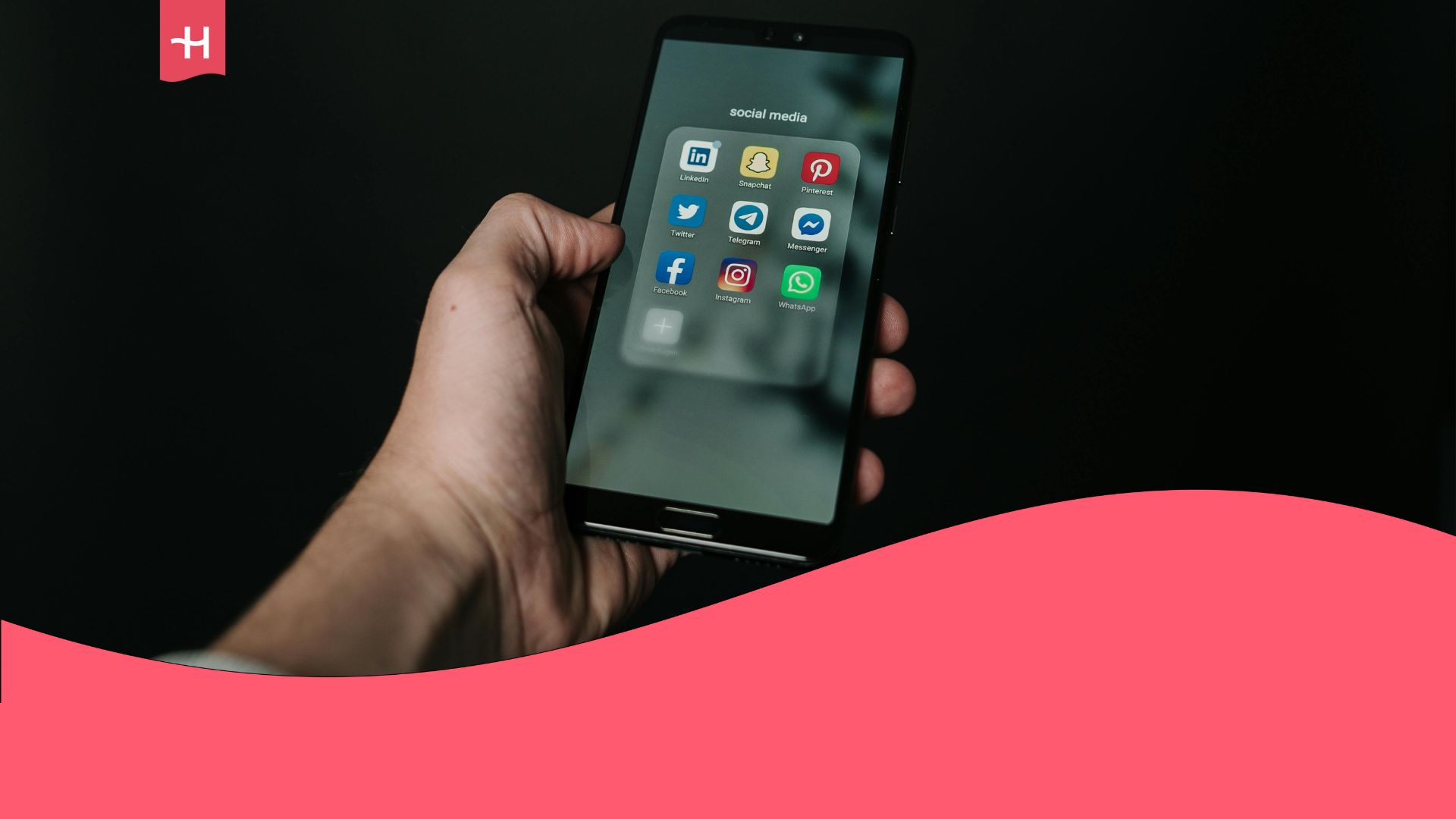
What is data roaming?
Data roaming is the use of mobile internet outside of the coverage area of your cell service provider. In simple terms, data roaming allows you to use internet on your mobile device when you’re abroad.
That said, the price for the data you use abroad isn’t usually included in your regular monthly plan. Depending on the country you’re visiting, data roaming fees can reach up to $5/MB or more, which can quickly run up an eye-watering bill. So, make sure you’ve got a contract that includes roaming or get a daily roaming plan before turning on your data roaming abroad.
How does data roaming work?
Data roaming is made possible by partnerships with other cell service providers from all around the world. Whenever you turn on data roaming abroad, you’re automatically connected to a local network that has agreed to partner with your regular service provider.
Once connected, you can use your mobile device to stay connected online, access your favorite apps, and make and receive calls and text messages through other cellular networks.
You should not be able to tell the difference in how your mobile device functions and you will most likely get all the mobile data you want. The main difference is in the expensive phone bill you’ll receive at the end of the month.
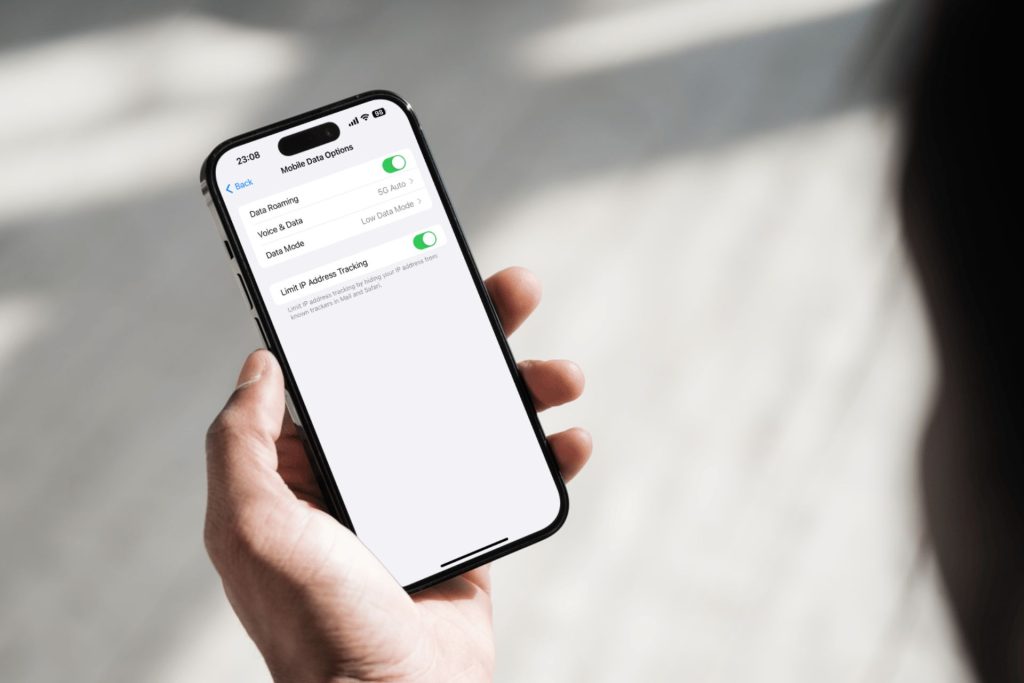
Pros and cons of data roaming
If roaming data is so expensive, why would you want to use it at all? Here are some pros and cons of using data roaming when traveling to help you decide whether or not it’s a good choice for you.
| Pros of roaming data usage | Cons of roaming data usage |
|---|---|
| ✅ Convenient | ❌ Can be expensive |
| ✅ No need to buy a travel SIM card | ❌ Less networks available |
| ❌ Greater risk of phishing attacks |
How much does roaming cost?
The price of data roaming depends on the mobile data services that you use, the country you visit, and whether you’ve purchased a roaming plan or plan on using pay-as-you-go services. Here is a comparison table comparing the rates of some of the most popular operators in the USA, UK, and Australia.
To make the best possible decision, you should calculate how much data you need for your trip. That will help you decide whether these are the rates you are ready to pay or whether you should look for data roaming alternatives.
| Operator | Roaming pass price | Pay-as-you-go price |
|---|---|---|
| AT&T USA | $12 a day for unlimited data with International Day Pass | $2.05/MB |
| T-Mobile USA | 1-Day Pass: 512MB of high-speed data and unlimited calling for $5.10 10-Day Pass: 5GB of high-speed data and unlimited calling for $35.30 39-Day Pass: 15GB of high-speed data and unlimited calling for $50 | Not available |
| Verizon USA | 10$/Day | $2.05/MB |
| Three UK | Europe: £2 per day Around the World: £5 per day Prepaid data packs range from £10 for 6GB to £90 for 30 GB with add-ons available. | Not available |
| O2 UK | EU: Free up to 25 GB per month O2 Travel: £6 per day. Data Roaming Bundles: 100MB: £9 500MB: £10 1GB: £26 | Not available, you’ll get a message with roaming bundle options when you land at your destination. |
| Rogers Canada | $12 per day in the U.S. and $15 per day in other international destinations. $60 for a 30-day US travel pass | $7.99/MB |
| Telstra Australia | $5/day in zone 1 (Fiji, Nauru, New Zealand, Papua New Guinea, Samoa (Western), Tonga, Vanuatu) $10/day in the rest of the world | $3/MB |
| Optus Australia | $5 for 1GB, valid for 1 day. $35 for 7GB, valid for 7 days. $20 for 10GB, valid for 14 days in select destinations | $0.50/MB |
How to activate data roaming
You can turn your data roaming on or off through your phone’s settings by following a few simple steps. Before you turn your data roaming on, ensure you have a roaming plan from your provider. Otherwise, you can find a nasty surprise on your phone bill at the end of the month from the data you’ve used on other provider networks.
Turn on roaming on iPhones
- Open Settings.
- Go to Mobile/Cellular.
- Open the Mobile Data Options menu.
- Toggle the Data Roaming switch to the on position.
To turn off data roaming, repeat the same process, but toggle the Data Roaming switch to the off position at the last step.
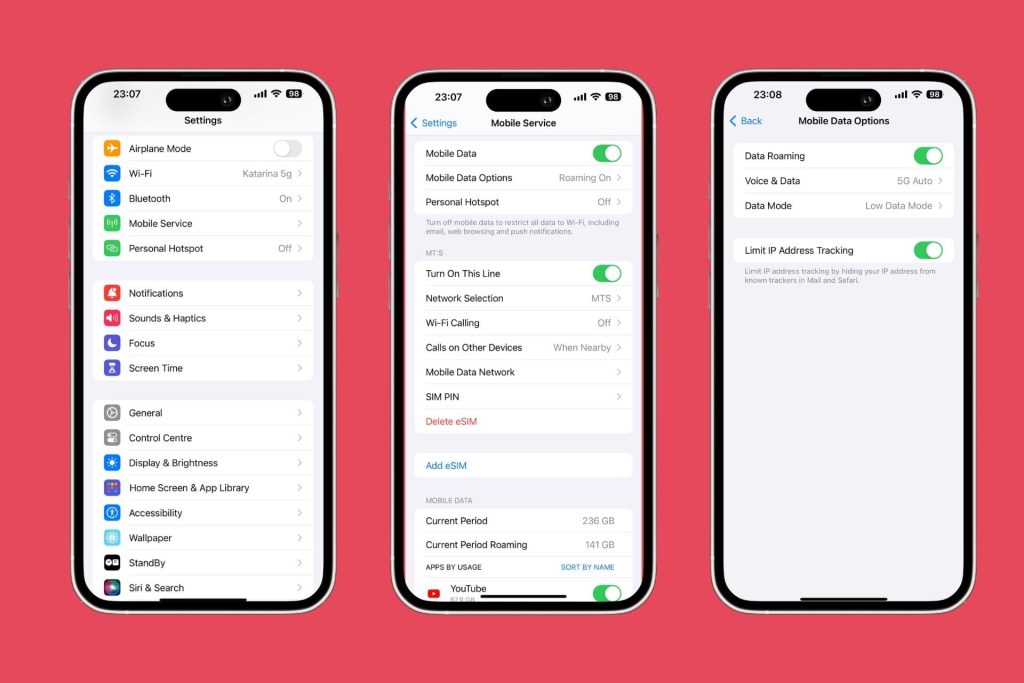
Turn on roaming on Android
- Go to Settings.
- Open the Connections menu.
- Open the Mobile networks menu.
- Toggle the Data Roaming switch to the on position.
To turn off data roaming, repeat the same process, but toggle the Data Roaming switch to the off position at the last step.
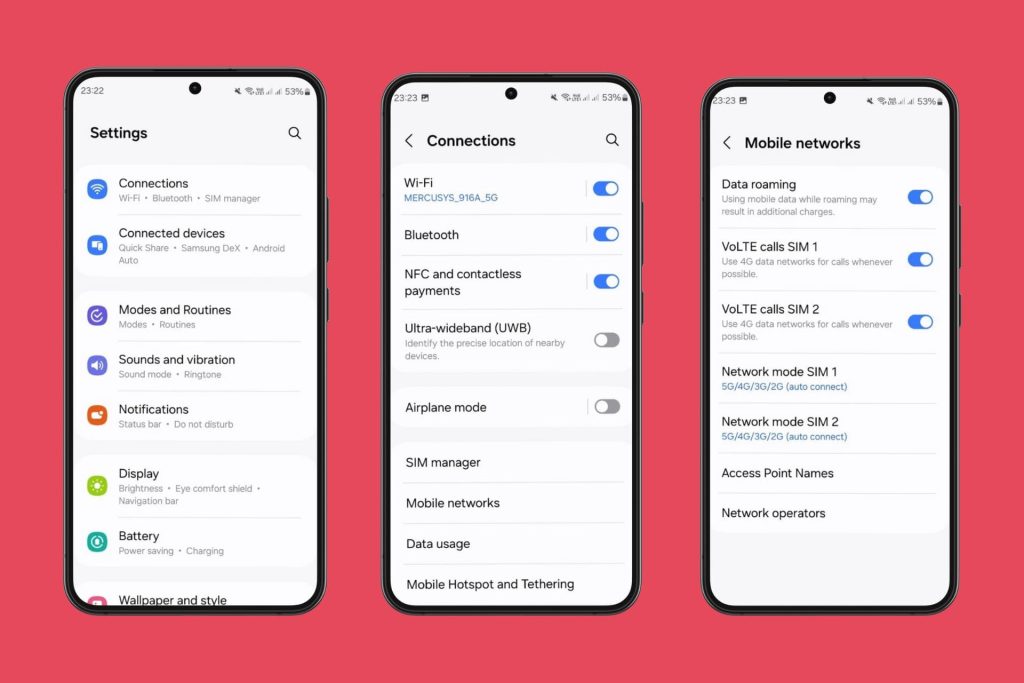
Key things to note about data roaming
Before we look into some of the top alternatives for data roaming, here’s a quick summary of some of the most important things to keep in mind when it comes to data roaming.
- Rates vary depending on the destination country and your monthly data plan.
- You can activate or deactivate data roaming from your cellphone settings.
- You will be charged a higher rate if you exceed the daily limit or if you don’t have a roaming plan.
- Crossing an international border with data roaming on will immediately connect your cell phone to a local network.
- Roaming within the EU is included in most cellular plans in Europe nowadays, so if you’re an EU resident, you can likely travel anywhere in the continent without worrying about roaming charges.
Data roaming sure is convenient, but it’s also often the most expensive way to get online, even if you get a roaming plan and avoid the outrageous pay-as-you-go fees. Let’s take a look at some of the best options available if you want to avoid data roaming charges.
How to avoid data roaming
There are essentially two things you can do to avoid paying for data roaming. You can either avoid using the internet altogether or find alternative mobile internet options.
Turn off mobile data
You can’t rack up a bill for data roaming if you’re not using mobile internet. It’s as simple as that. Turn off data roaming on your phone and you won’t be able to access mobile data services outside of your own network. You can also disable mobile data altogether just in case to ensure that you don’t use any data abroad.
Turn on airplane mode
Airplane mode disables all communication services on your mobile phone, including mobile data, calls, and messages. Enabling it ensures that you won’t use any data and won’t get charged for roaming. However, it also means that you won’t be able to make or receive calls and messages, which isn’t very convenient.
Use WiFi
Public WiFi hotspots give you internet access wherever they’re available. Nowadays, it’s common to find free WiFi in most restaurants, cafes, airports, hotels, and even shopping malls. You can connect to such networks to get online, but keep in mind that they’ll only work as long as you’re within reach of the network and will cut out as soon as you leave.
Get an eSIM
If you want to avoid roaming charges and stay connected wherever you go, an eSIM is easily the best option for you. You can buy and activate an eSIM online within minutes and enjoy non-stop coverage wherever you go. All you need is an eSIM-compatible device and internet access for the few minutes you’ll spend buying the eSIM.
Much like roaming, eSIMs connect you to local networks in the country you’re visiting. However, you pay the full price upfront, and there are no hidden fees to be afraid of. On top of that, eSIMs are usually cheaper than roaming plans, making it a more budget-friendly option.
With eSIMs, you can choose the provider yourself, and you’re not tied to your regular carrier. So, you can simply select the eSIM that suits you best in terms of pricing, coverage, and user experience.
Unlimited data, low costs with Holafly
Looking for a reliable eSIM provider to keep you connected on your next trip? Holafly offers unlimited data plans in 200+ destinations, each with flexible durations, data sharing, and 24/7 customer support. There are also regional and global plans to choose from if you plan on visiting multiple countries on a single trip.
If you’re a digital nomad or simply plan on staying abroad for a while, Holafly also offers a monthly eSIM subscription with Holafly Connect. All plans offer coverage in 170+ destinations with prices ranging from $39.90 to $64.90/month and data limits from 10 GB to unlimited data monthly. Use it for as long as you need and cancel anytime.














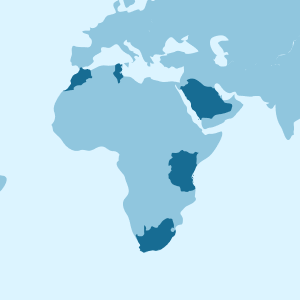



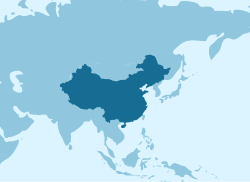




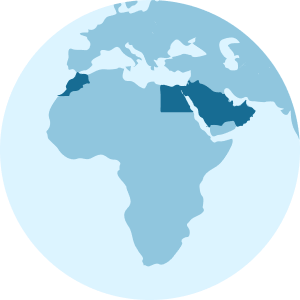



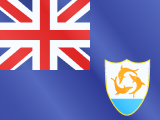

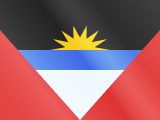








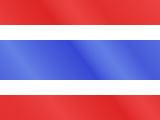







 Pay
Pay  Language
Language  Currency
Currency 


















 No results found
No results found











